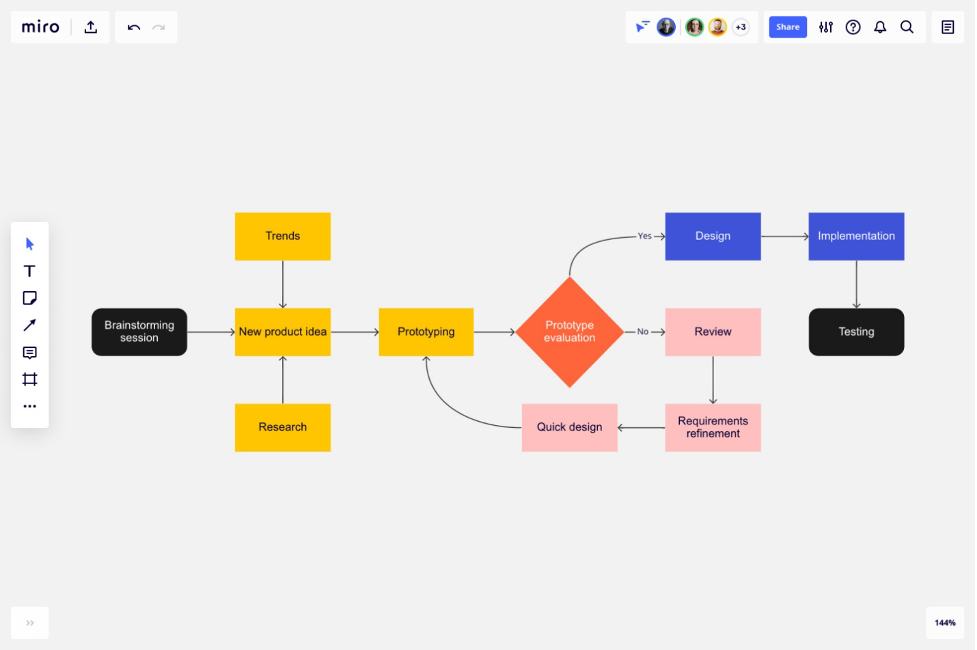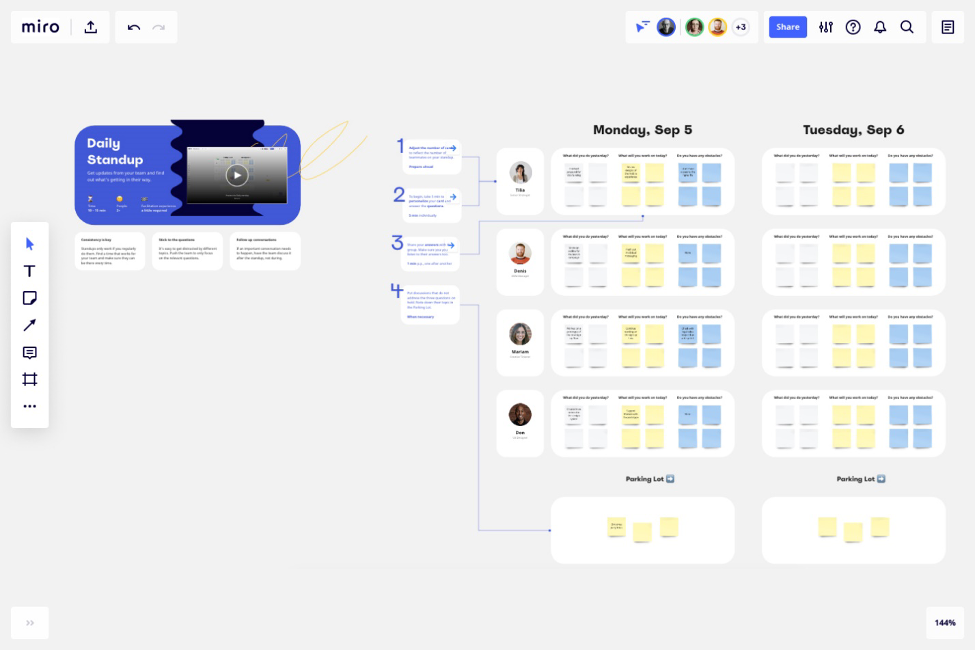Whether you’re a freelancer looking to better organize individual projects or a business owner looking to streamline processes, you’ve probably been looking into different ways to do that. There are several tools you can use to do that but the best ones are flowcharts. In this article, we’ll be taking a look at the many different benefits of using a flowchart. Read on to find out!
What Is a Flowchart?
Contents [show]
Before we get into the benefits, we first have to determine what exactly is a flowchart. A flowchart is a type of diagram that’s used to represent a process of a workflow. It can also be defined as a visual representation of an algorithm or a step-by-step approach to solving a task. A flowchart will show the steps in different shapes (rectangle, square, circle) that are connected by arrows.

How to Create a Flowchart
Creating a flowchart isn’t a complicated process in itself. All you have to do is follow these easy steps:
- Identify the starting point and define the process that needs to be visualized.
- Find out all the activities that are related to this process.
- Brainstorm the boundaries.
- Decide on the sequence of steps.
- Choose your basic symbols and colors.
- Draw the flowchart using all the information you’ve gathered.
And that’s it! You now have a flowchart that will help you streamline the entire workflow and make the whole experience faster. Now that you know how to create a flowchart, let’s see what are some of the benefits of using flowcharts!
Benefit #1: Visual Clarity

Laying down the steps to completing a task can prove to be extremely complicated, especially if you’re doing it on your own. But because humans are visual creatures, a flowchart is the perfect visual tool that will help you lay down the steps and stages of your project. When you visualize these things, you will be able to put them into perspective and streamline the entire process as much as possible.
When you have everything laid out in front of you, it will also be easier to identify potential risks that could threaten the entire process. And when you find these from the very first stages, it will be easier to address them before they become serious problems.
Benefit #2: Improved Communication

It’s a well-known fact that flowcharts can hugely improve communication. For example, any changes in the work process can be easily shared with the team by updating the flowchart. This visual tool will allow you to better communicate processes and potential issues in a way that everyone can understand.
When doing business, communication is key. And the best thing a flowchart does is improve this aspect as it can turn a complicated process into a simple visual that can be understood by all the parties involved.
Benefit #3: Better Documentation

One of the best things about flowcharts is that they provide a solid base for the documentation of a project. This is extremely helpful when problems arise – because let’s face it, no project ever is developed in a perfect process – because it will allow all the parties involved to trace the issue from one step to the other.
A flowchart will also become a very useful guide for managers who oversee the entire process. It will allow them to get a deeper understanding of the project itself, while making them fully aware of all the steps necessary.
Benefit #4: Deeper Analysis

Flowcharts can prove to be extremely helpful when analysing the project. Because flowcharts are split into steps, they will allow you to analyze and get more detailed information on each step. Flowcharts can highlight potential areas where time and costs can be optimized, along with the ones that are doing well and can be used as an example.
A flowchart will also allow you to analyze and figure out if some steps can be combined to streamline the process. On the opposite end of the spectrum, you can also figure out if some steps in the process are too complex and need to be split into smaller tasks.
Benefit #5: Efficient Coding

This is more targeted to project managers who deal with programmers on a daily basis. If you find yourself in that position, know that a flowchart will be your best friend. That’s because once you have the flowchart ready, your programmers can use it as a road map.
A flowchart will become a useful guide for a team of programmers as it will take them from a starting point to the end of the development cycle while making sure no steps are missed. On top of that, a flowchart will also provide clear and concise documentation for the team.
Our Final Thoughts
While flowcharts come with their drawbacks, they’re incredibly useful when it comes to both work and learning. When you use a flowchart, you will be able to get a better understanding of all the steps you need to finish a project, manage your team or get a task done faster. And because you have everything laid out in front of you, in clear steps, you will also be able to pinpoint any possible drawbacks or threats to your project.
Flowcharts are extremely versatile and helpful, especially because they provide a visual aid. And by now, everyone knows that people tend to learn and better understand information when they’re being given some kind of visuals with it.
What about you? Are you using flowcharts to streamline your work? If not, do you think you’ll give them a chance? Let us know in the comments below! And if you found this article helpful, be sure to give it a share.


